The Fujifilm X-H1 has a 24.3 Megapixel APS-C sensor and can record video in Cinema 4K, Ultra HD and up to 120 frames per second in 1080p. You can watch the 10-minute video review below or read the written review below the player.
The camera has two new picture profiles. Eterna Film Simulation is designed to give the footage a filmic look without having to do any color correction. The picture style looks good overall but when accidentally underexposing the image, the blacks can be crushed. I recommend turning down the shadows and also the sharpness to avoid aliasing or moiré.
The second picture profile is more suitable if you want to be able to color grade the footage in post.
Fujifilm also provides a LUT to give the F-Log footage a basic color correction but even without that I didn’t have any troubles grading the footage even though it’s only recording in 8-bit and not 10-bit internally. It’s definitely an advantage to have the ability to record 4K at 200Mbps to make sure there is no banding visible. For quick documentary shoots I will probably use Eterna as a picture profile but for most commercial productions F-Log seems to be the better and safer choice to control the image in post.
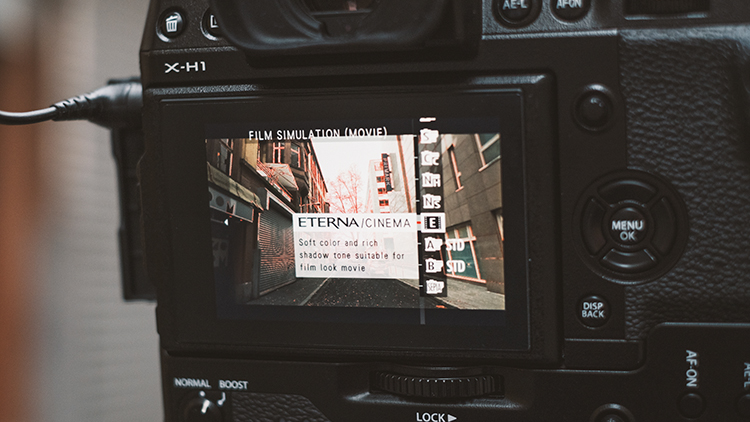
Click HERE to download Fujifilm X-H1 sample videos and raw photos!
The X-H1 can shoot up to 30 frames per second in Ultra HD and 24 frames per second in Cinema 4K which is 17:9 instead of the common 16:9. While the previous camera from Fuji, the X-T2 could only shoot 60 frames per second in 1080p to create a slow motion effect, the X-H1 can 120 frames. You can watch a snow video recorded at 120 fps with Eterna Film Simulation below:
The internal image stabilization works really well and it makes filming hand-held possible with lenses that I would have only used on a tripod before and never hand-held. When using Fuji X lenses that already have optical image stabilization the IBIS will stabilize it even more which is another big advantage.
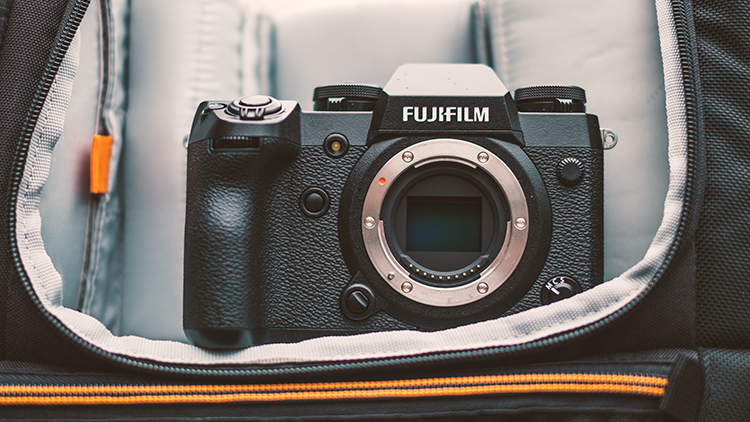
Even though it’s not a full-frame camera the high ISO performance is very impressive. The footage still looks clean at ISO 6.400 and image noise only becomes very visible above ISO 12.800. That means it’s not an issue to shoot F-Log in dark surroundings and low light and grade the footage without damaging the image visibly or making unwanted noise appear.
Just like the X-T2 the X-H1 is weather sealed but according to the manufacturer it’s even more secure now to film in extreme weather conditions. The camera has a touch screen that is very responsive but it’s only available when filming or photographing but in the main menu the joystick and other buttons on the back have to be used to navigate and to change settings. The three inch LCD monitor can be flipped out and moved to the right side.
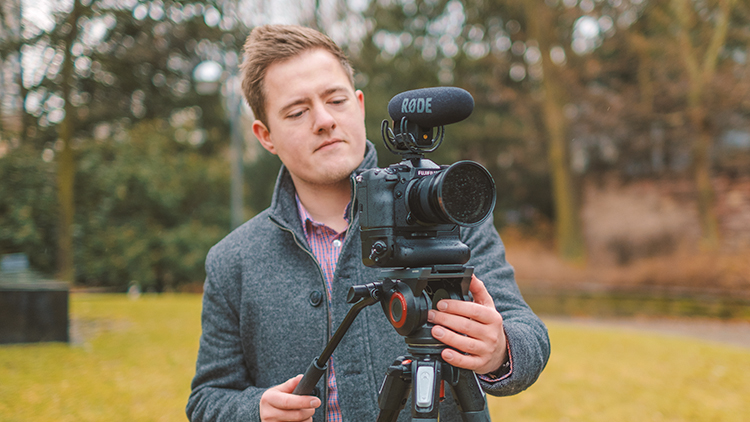
On top of the camera’s body is a dial for shutter and ISO as well as a new screen that shows a few settings like white balance, recording mode, picture profile and how many photos or minutes of video still remain. Even when the camera is turned off the battery info and the available space on the SD card is shown. The X-H1 has space for two SD cards. On the left side are different inputs such as HDMI, USB and a 3.5mm microphone input. Compared to the older X-T2 the X-H1 appears to be much bigger which is also caused by the new shaped grip. Even though the camera looks quite big especially with the battery grip attached it doesn’t feel very heavy. The camera itself doesn’t have a headphone jack but the battery grip which means as a filmmaker you pretty much have to get the grip too otherwise you can only see your audio levels on screen but can’t listen to the audio live. The grip also enables video recording up to 30 minutes in one take. Without it it’s only 15 minutes in 4K.
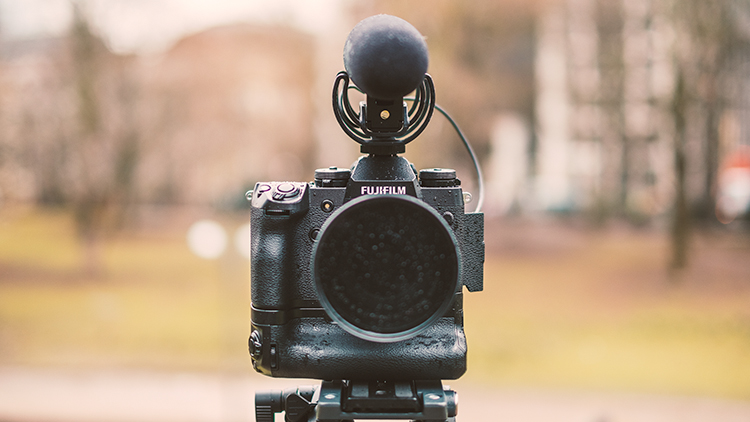
I like using cinema lenses to get a nice smooth focus pull but sometimes it’s good to have the ability to use auto focus. The X-H1 has continuous auto focus in video mode as well as touch focus both in HD and 4K which means you can tap on an area of the screen and the camera will pull focus. Another AF mode is face detection to track faces which can be useful when people are moving or walking around. For me it’s still too early to really judge the face detection and tracking mode because there are different options and settings that need to be fine tuned.
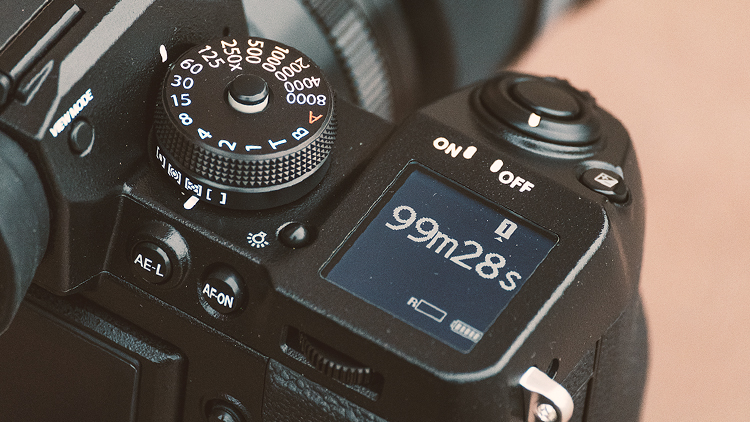
The Fujifilm X-H1 is clearly designed for video professionals and filmmakers which becomes clear when looking at little settings like the ability to adjust the shutter speed more precise to 1/48th of a second instead of 1/50th of a second. This comes in handy when filming in Cinema 4K at 24 frames per second. Other useful settings for filmmakers include focus peaking, the ability to check focus during recording, timecode and the audio levels being displayed in decibel. Just like the X-T2 the X-H1 has an internal timelapse mode that saves JPEG or raw files but not a video file which can be an issue if you want to preview the timelapse sequence.
You can watch our review of the Fujifilm X-T2 which we have almost used now for a year on a daily basis to film commercial productions and some of our YouTube content.
I am glad to see Fuji breaking in to the video market with a camera that is comparable to the Sony A7 series and the Panasonic GH5. It’s not perfect but it’s definitely a big step in the right direction.
Purchase the Fujifilm X-H1 from B&H Photo
Written by filmmaker Moritz Janisch on March 21, 2018